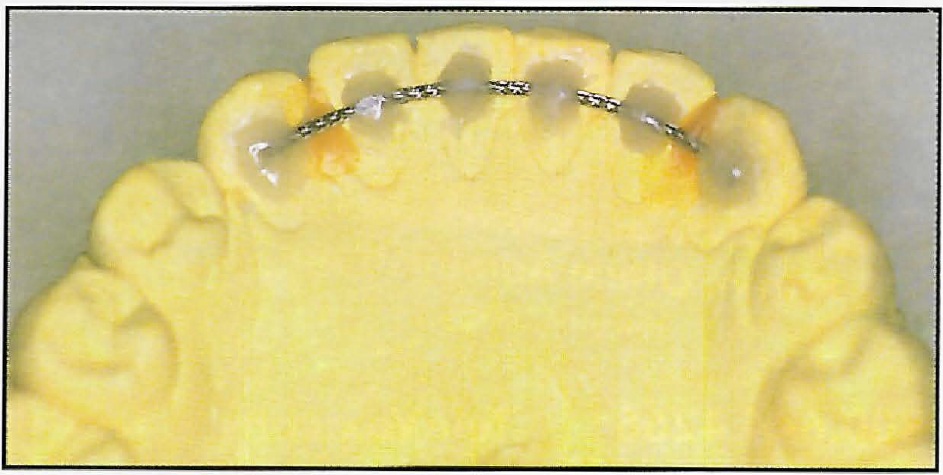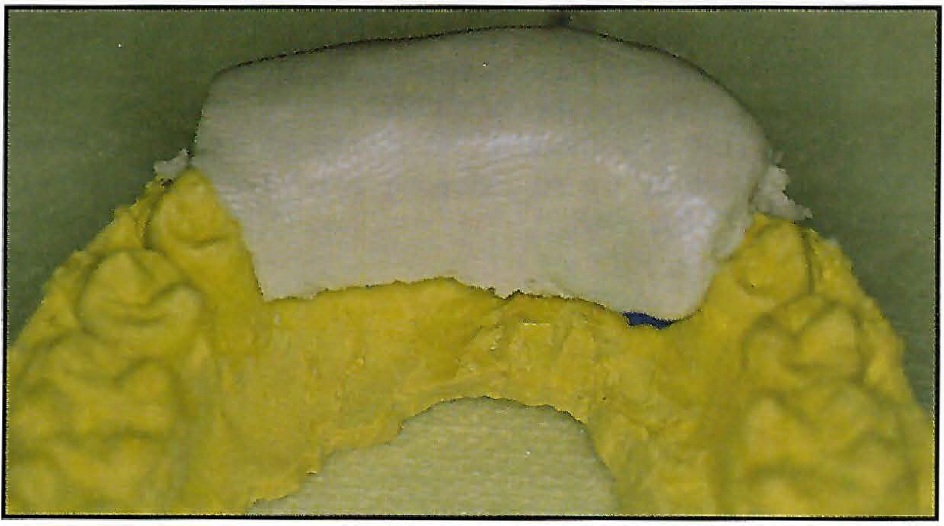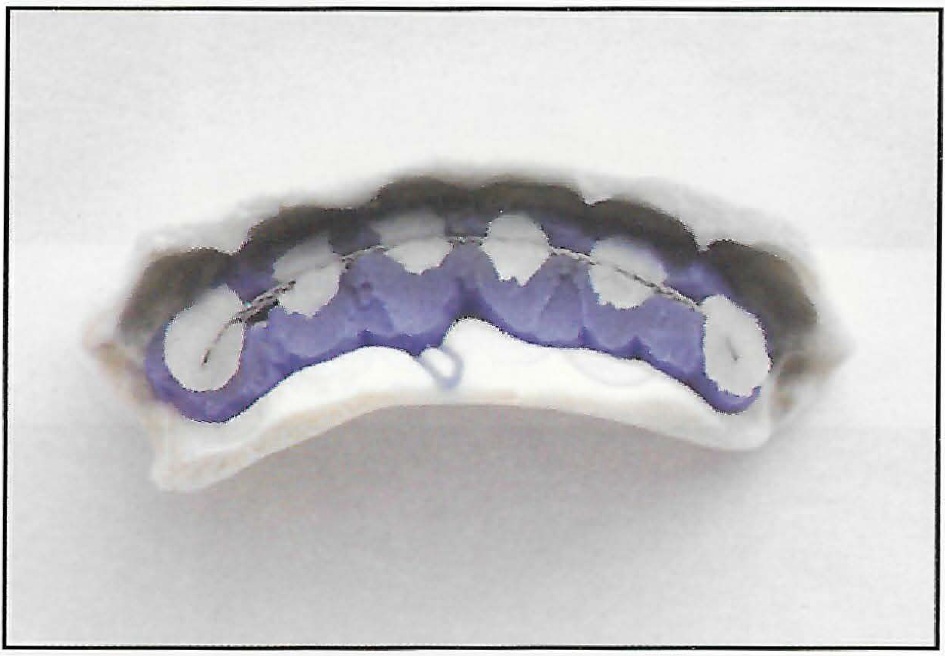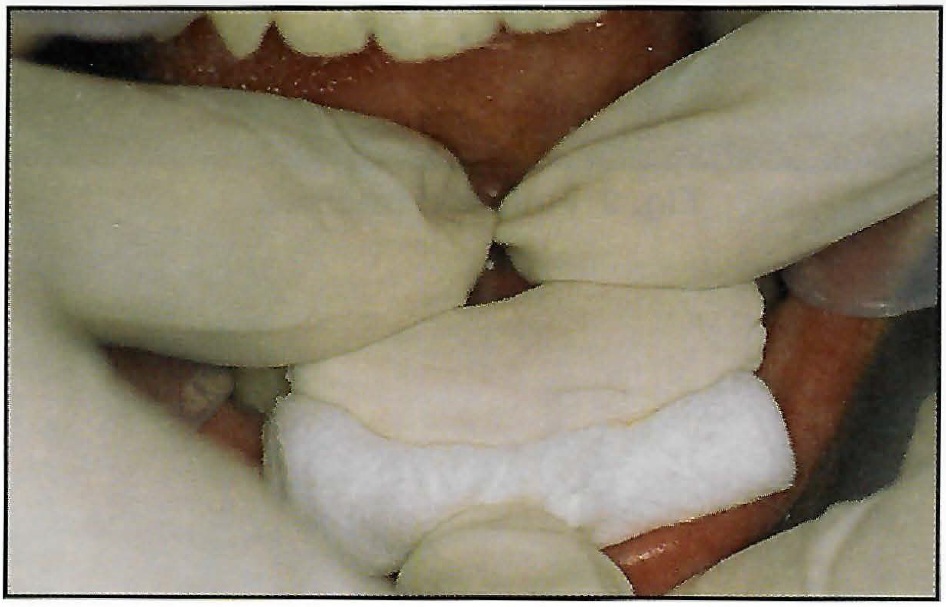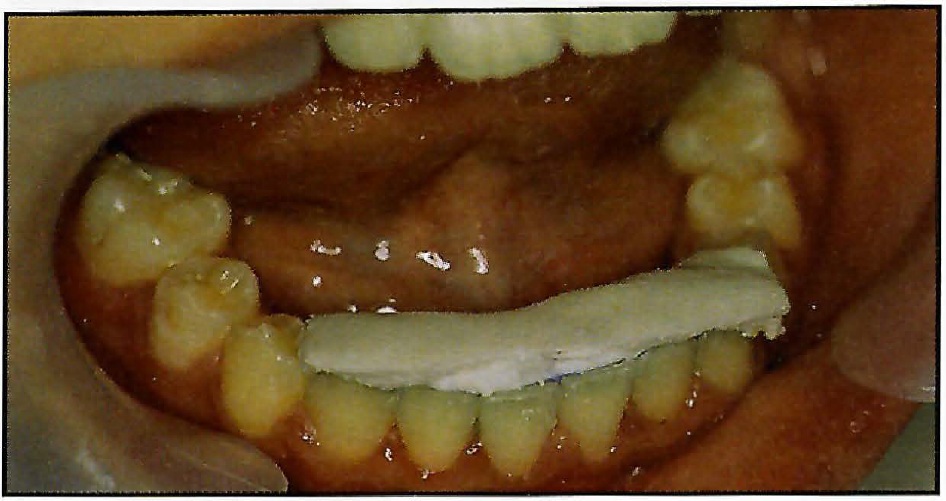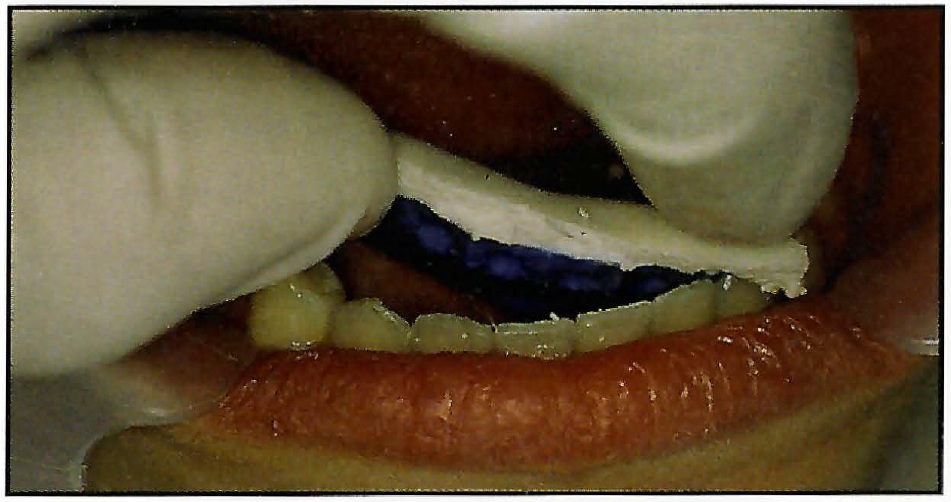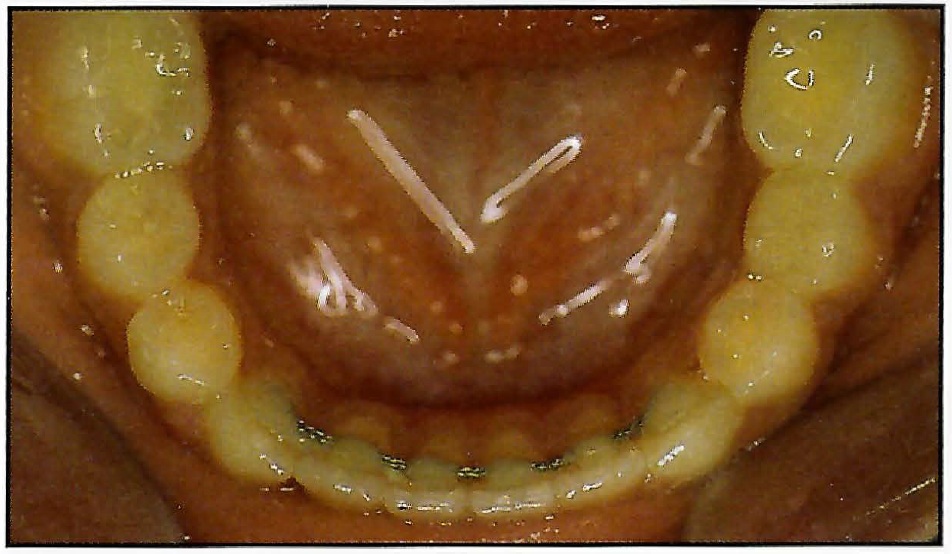An Indirect Method for Bonding Lingual Retainers
The Numbers Game
The Numbers Game
In everyday life, we experience a tyranny of numbers that have been arbitrarily set. Six is the right age to enter the first grade, 16 is the right age to get a driver's license, 18 or 21 is the right age for drinking and voting--a curious combination--and for getting married without parental consent. Eighteen is also the right age for entering the armed services. Thirteen in the Jewish religion is the age at which "you are a man". It is also the magic age at which it may be all right to see certain movies, as in "PG-13". You have to be 30 years old to be a senator, and at age 65 one becomes a senior citizen. Only recently has the concept of mandatory retirement at age 70 been attacked, but it is still well entrenched in many quarters. In the past, many orthodontists would wait to start treatment until a patient was 12 years old. Some still do, in spite of the fact that it has long been recognized that chronological age has little or nothing to do with dental age, maturation age, or any other age one can think of.
Considering differences among people in their physical and mental capacity and in their physical, mental, and emotional maturity, such arbitrary decisions about age milestones are only made to speed the decision-making process and make it easier. It is similar with orthodontic norms. They are, after all, generally based on small samples judged by orthodontists to have good occlusions and/or faces. Trying to treat everyone to standard numbers built a huge pile of extracted bicuspids, but not a treated population of stable norms. It simply can't be done, and the root of the problem is in the attempt to standardize and simplify orthodontic diagnosis.
It is neat and comfortable to believe that there are just three skeletal types and three dental types--Class I, Class II, and Class III--and that the orthodontist's job is to make everyone a Class I occlusion in a Class I face, or as close to Class I as possible. That's what the orthodontist wants to do. Is that what the patient wants to do? We assume so, but if that is what the patient wants us to do, it may be because that is how we have defined the service.
The fact of the matter is that people are not divided into three classes skeletally or dentally. There are people at every step in between. Truly, each person is in a class by himself or herself. The orthodontist's real job is to cause no harm, to have a thorough understanding of each individual patient and the patient's skeletal and dental relationships, and from that perspective, to make a diagnosis and treatment plan that will reduce or eliminate patients' chief complaints or concerns; that will educate them about concerns they may not be aware of; and that will treat perceived and hidden orthodontic problems by changing what can and should be changed, leaving alone what cannot or should not be changed, and knowing the difference between the two.
A prime example of the fallacy of standard numerical guides is seen in the concept of an index to determine the severity of a malocclusion and to decide who will receive treatment in a program in which a third party--government or private insurance company--pays the bill.
Just as people are not standardized physically and physiologically, they are not standardized mentally and emotionally. As the orthodontist's time has been freed to some extent through delegation, more time can be spent on a better understanding of each patient's disposition. There is a great deal of mental, emotional, and psychological stress directed at the teeth and oral musculature from the time that teeth erupt. Acquainting people with this phenomenon and teaching them how to cope with it may become a standard part of orthodontic treatment, and it may contribute greatly to patients' comfort and to their dental, oral, and TMJ health.
Determining individual pain thresholds and planning the forces that each patient can tolerate may well replace the standardization of the amount and duration of forces and the time intervals between appointments. Understanding each individual's muscle anatomy and physiology may contribute to our understanding of the problems presented to us and their solutions. Electronic tracking of individual functioning jaw and joint movements may be crucial to piecing together the initial condition of an individual, treatment progress, post-treatment stability or instability, and TMJ health and comfort.
Standardization contributes to efficiency, but not everything can be standardized. In orthodontics, standardization can lead to inappropriate diagnostic decisions that can result in imperfect or unstable treatment results, or prolonged treatment time. Both of these outcomes are undesirable. Standardization also diminishes diagnosis and leads to the perception--and to the reality--that orthodontics is a generic service. When that occurs, the emphasis in practice management is much more related to the peripherals of appearances and personality, and less related to the professional service itself.



